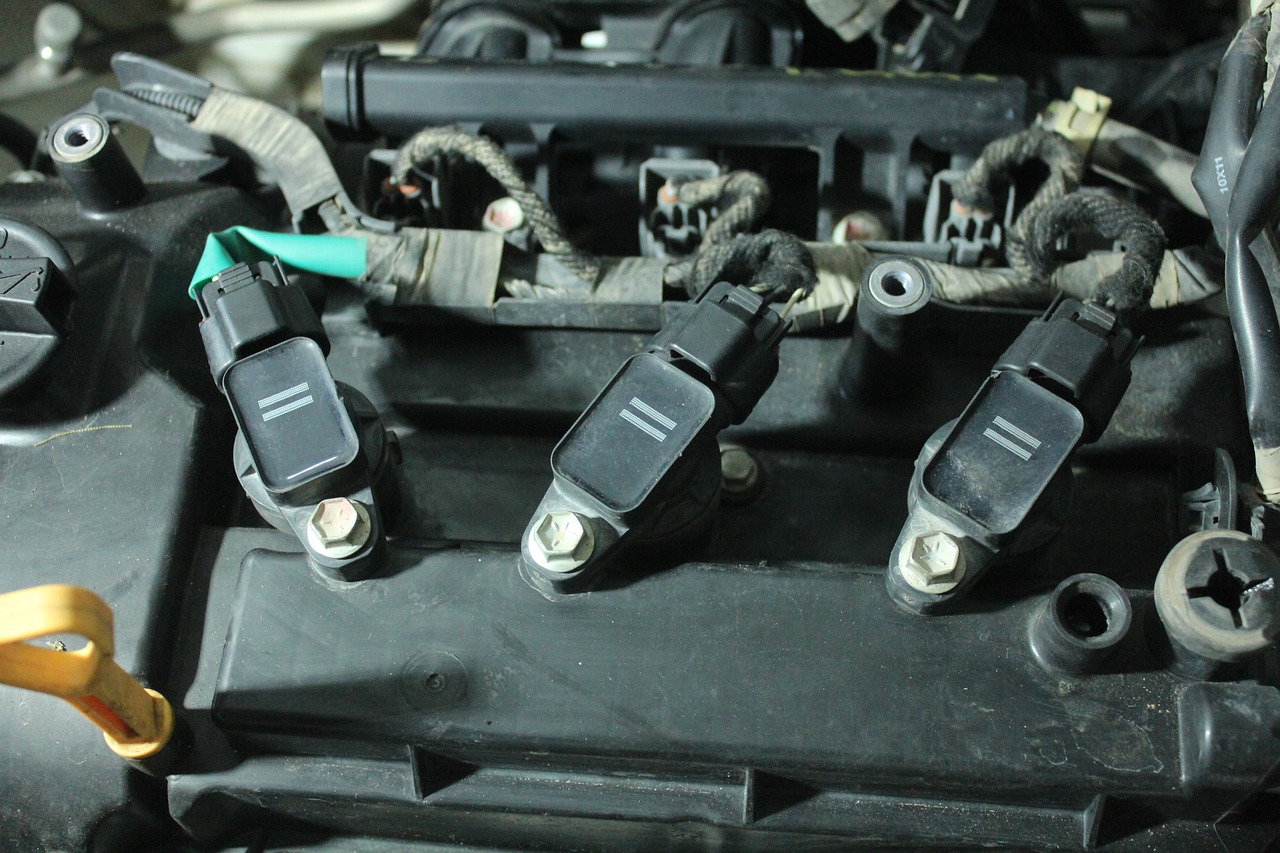Purchases from United States, Mexico and Germany increase


By Alzira Rodrigues |Translated by Jorge Meditsch
The reduction of autoparts purchases from the two main Asian suppliers, China and Japan, contributed to the deceleration, even small, of importation in the first four months of the year. By the other side, purchases form the United States, Mexico and Germany grew, according to the trade balance report released this week by Sindipeças, the Brazilian autoparts manufacturers’ association.
Of the US$ 6.3 billion in automotive components bought abroad until April, US$ 951,75 million came from China, still Brazil’s largest partner with a 15.1% share. The amount until April is 12.1% lower than the registered in the first quadrimester of 2022, which was over US$ 1.08 billion. Regrdin Japan, the reduction was 11.1%, from 590 million to US$ 524.3 million.
Japan is the fourth country among Brazilian autoparts suppliers with an 8% share. The second placed are the United States with US$ 761.4 million, followed by Germany with US$ 664.2 million in the quadrimester. Their share increased by 6.9% and 5.4% compared to the same period last year.
From the five larges automotive component sellers to the Brazilian market, Mexico had the largest growth this year. It sold us US$ 489.2 million, a 22.4% increase and a 7.8% share, close to Japan’s.
On the other way, the main purchaser of Brazilian parts is Argentina with slightly more than US$ 1 billion bought in the first quadrimester, 27.3% more than in 2022 (US$ 818.2 billion) and an expressive 36% share in Brazilian autoparts exports.
The Brazilian industry exported a total US$ 2.9 billion until April, “a positive 22.7% performance ove rthe same period one year ago”, according to the Sindipeças report.
Photo: Pixabay
Produtos já estão sendo negociados no Brasil e a de 48 V já foi homologada…
Com lançamento previsto para o segundo semestre de 2026, empresa já testa protótipos em Piracicaba…
Estrurutra terá 8 mil m² para reduzir em 50% tempo das entregas
Indústria de veículos pesados absorveu 116 mil toneladas no ano passado, 15% da demanda nacional
Chassi LO 916R Fretamento Rural é alternativa para transporte em estradas de terra e pisos…
Híbridos dominam as entregas com participação perto de 44%